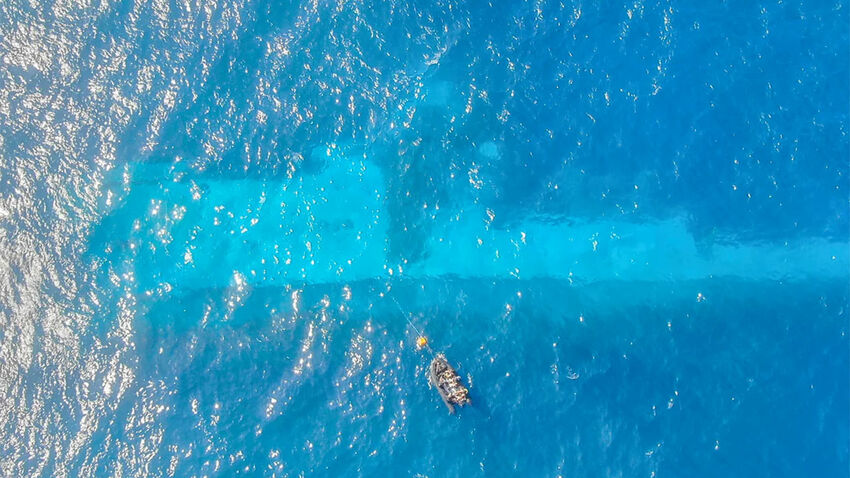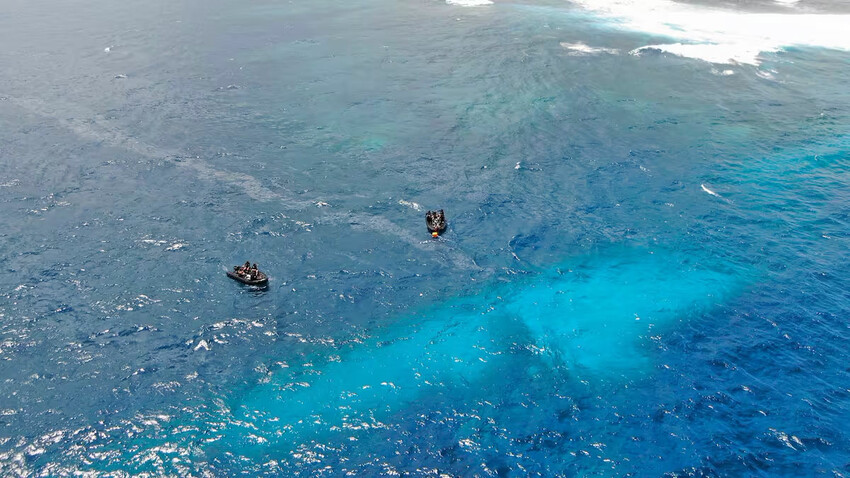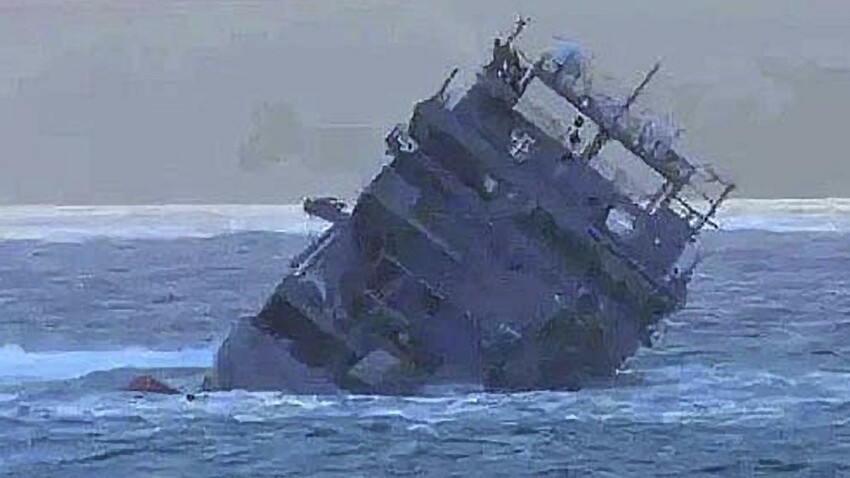Autopilot Error and Inexperience Blamed for HMNZS Manawanui Sinking Off Samoa

On the basis of the inquiry held, a recent Court of Inquiry found that a series of human errors contributed to the sinking of HMNZS Manawanui, a New Zealand Navy ship, off the coast of Samoa in October 2024.
The inquiry held that failure to disengage the autopilot by the crew led to running aground on a reef causing a fire and subsequent sinking. The 75 personnel on board were, however, fortunately evacuated, avoiding what could have been a more tragic disaster.
The particular inquiry gave rise to several contributing factors, among them lack of adequate training, lack of supervision, and unavailability of competent personnel. Under-manned and relatively inexperienced, the crew mistook the ship's navigational problems for one of loss of thrust and simply never thought to disengage the autopilot.
In the meantime, the Navy has gone ahead to announce a set of reforms in view of better supporting its personnel and averting any such instances in the future.

In the aftermath, the issue of diesel leaking from the wreck and its possible effects on the surrounding marine environment, an area of high biodiversity, was raised.
The New Zealand Defence Force had since cleaned up the diesel and other pollutants, and salvage teams are still working on recovering the equipment and weapons. So far, the scientific agency of Samoa has come out to assure that marine life in the area has remained unharmed.

Communities in Samoa, especially those coastal villagers in Tafitoala, are worried about the environmental and economic impact of the sinking in the long term.
Disruptions to local fisheries, which are a key source of food and income, have intensified demands for compensation and elaborate environmental assessment.

As recovery efforts continue, both nations face the challenge of restoring not just the seabed, but also community trust.
